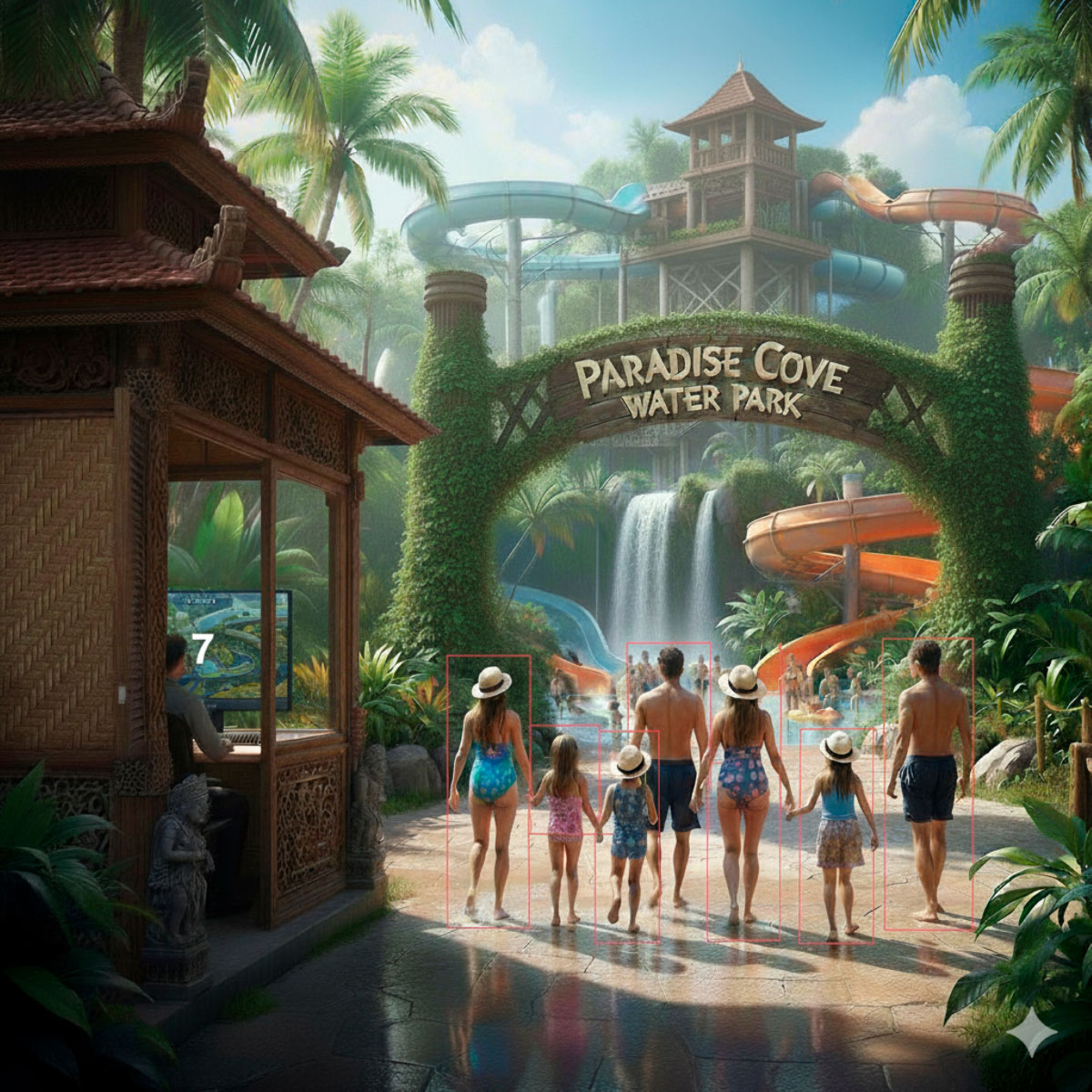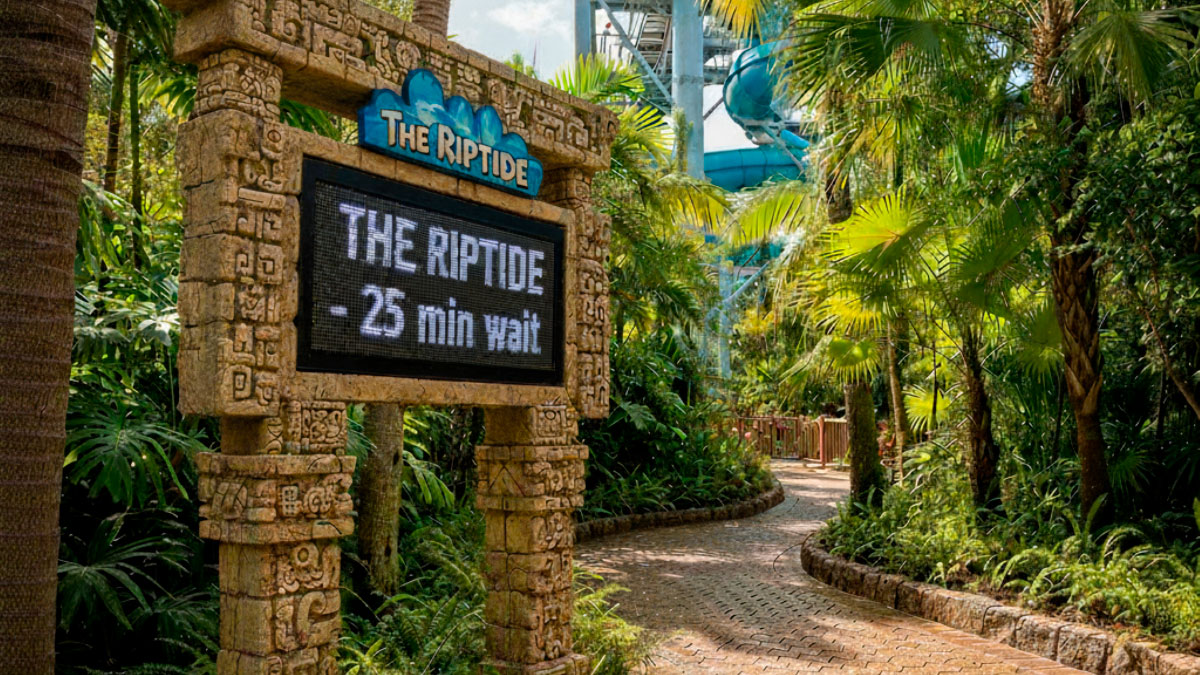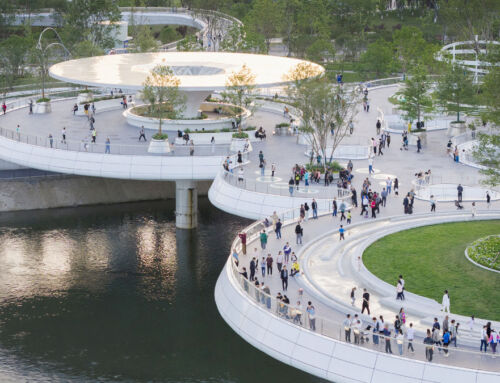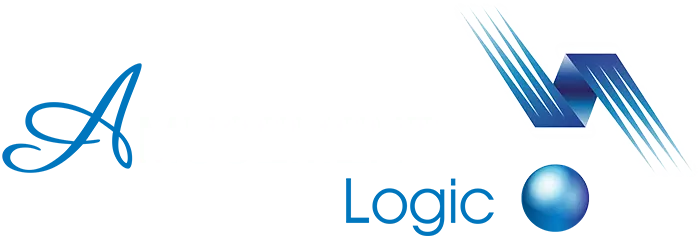Understanding how people move around a water park or theme park is extremely useful for optimising its operation. To do this, we use visitor flow detection and monitoring systems. Thanks to these systems, we now know in real time how many people are in each area of the water park or theme park, how long they stay there and what routes they take.
There are various technologies that allow us to track these visitor flows:
–3D cameras or LIDAR (Light Detection and Ranging) enable us to accurately count people outdoors, anonymously.
–Wi-Fi/Bluetooth and Beacons are systems that analyse movement patterns and dwell times in specific areas, such as shops, restaurants or attractions.
-Finally, RFID (Radio Frequency Identification) wristbands facilitate the creation of ‘virtual queues’ at attractions, or basic visitor tracking (without collecting personal data).
All these devices send the information to local processing units, known as ‘edge gateways’, where the data is processed before being sent to the water park or theme park’s central systems.

Finally, this information is translated into automatic actions that improve the visitor experience and optimise park operations. How? Like this:
-With adaptive climate control, for example, the system automatically adjusts the air conditioning and ventilation according to actual demand in a specific facility. For example, in restaurants or ticket offices and changing rooms, among other spaces subject to peak occupancy at specific times.
-With efficient operation of attractions and water slides. The power of the hydraulic pumps is modulated according to actual attendance at the water park, resulting in significant energy savings. Therefore, during periods of low demand, the flow rate in the slides is kept to a minimum.
–Intelligent crowd management is another means of optimising operations in a water park or theme park: when crowds are detected, visitors are redirected using dynamic signage, thereby optimising cleaning routes or redistributing staff efficiently.
Thanks to these systems and the large amount of data they collect, the overall operation of water parks and theme parks is optimised, operating costs are reduced and, perhaps most importantly, the quality of service received by visitors is improved.
By Francisco Lozano, MEP engineer in the Architecture Department at Amusement Logic






